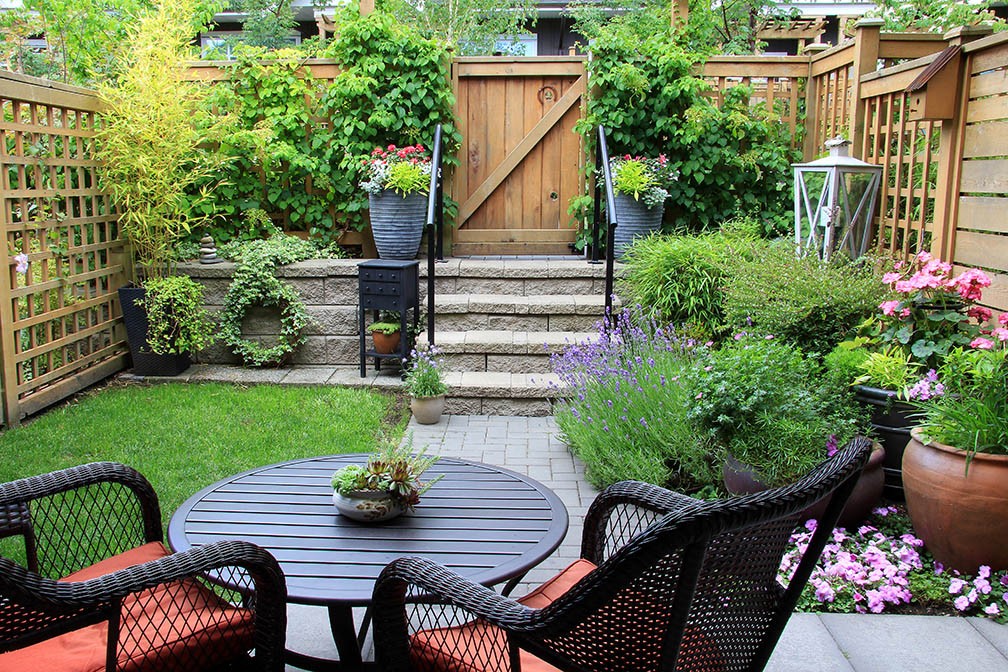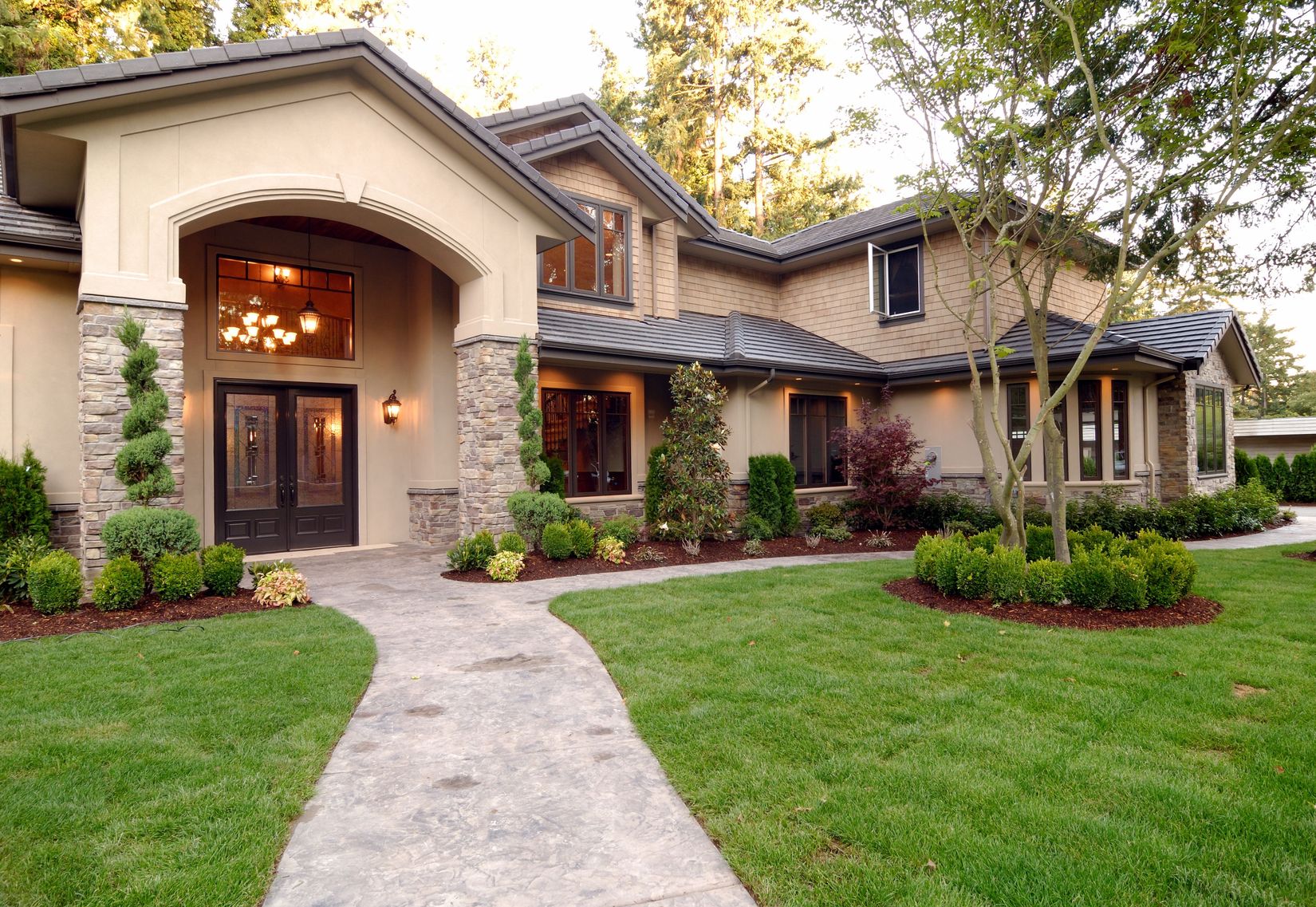 Last week’s economic reports included readings on inflation and core inflation, retail sales and consumer sentiment. Weekly reports on new jobless claims and mortgage rates were also released.
Last week’s economic reports included readings on inflation and core inflation, retail sales and consumer sentiment. Weekly reports on new jobless claims and mortgage rates were also released.
Inflation, Retail Sales Higher in April
April inflation grew by 0.20 percent as expected. Core inflation, which excludes volatile food and energy sectors, increased by 0.10 percent. Analysts expected a reading of 0.20 percent. The Federal Reserve monitors inflation readings as part of its research for monetary policy decisions. The Fed set a benchmark of 2.00 percent annual inflation as an indicator of solid economic recovery. Growing inflation could prompt the Fed to raise interest rates in June.
Retail sales grew in April from 0.10 percent in March to 0.40 percent, but fell short of an expected 0.50 percent increase. Retail sales not including the automotive sector rose by 0.30 percent in April, which was the same growth rate posted in March. Analysts expected a reading of 0.50 percent. Growing retail sales indicates that consumers are more confident about economic conditions.
Mortgage Rates Rise, Weekly Jobless Claims Fall
Freddie Mac reported higher mortgage rates last week. The average rate for a 30-year fixed rate mortgage was three basis points higher at 4.05 percent. 15-year fixed rate mortgages had an average rate of 3.29 percent and was two basis points higher than the prior week. The average rate for 5/1 adjustable rate mortgages rose one basis point to 3.14 percent. Discount points averaged 0.50 percent for all three types of mortgages reported.
New jobless claims fell to 236,000 last week as compared to an expected reading of 245,000 new claims and the prior week’s reading of 238,000 new claims. Jobless claims remained below the 300,000 benchmark for the 114th consecutive week; last week’s reading was the lowest in more than 28 months.
Consumer sentiment ended the week on a positive note with a May index reading of 97.7 as compared to an expected reading of 97.20 and April’s reading of 97.0.
What‘s Ahead
Economic readings scheduled for this week includes reports on the National Association of Home Builders Housing Market Index, Commerce department readings on housing starts and building permits issued. Weekly readings on mortgage rates and new jobless claims will also be released.
 A home inspection may be one of the last things that needs to be done before the deal is sealed. However, it’s very important to have a proper inspection done so that you can ensure you’re offering price is appropriate for the home you’re getting. If you’re prepping for an inspection soon, here are some things you’ll want to consider beforehand.
A home inspection may be one of the last things that needs to be done before the deal is sealed. However, it’s very important to have a proper inspection done so that you can ensure you’re offering price is appropriate for the home you’re getting. If you’re prepping for an inspection soon, here are some things you’ll want to consider beforehand. Most people peruse the real estate market for a while before they bite down and decide to invest in a home. However, whether you’re in a rush or you think you’ve found the ideal place, it’s possible you may be ready to put in an offer on the first visit. If you’re trying to determine how you can get the home you’re looking for the first time around, here are a few things to be aware of when going in.
Most people peruse the real estate market for a while before they bite down and decide to invest in a home. However, whether you’re in a rush or you think you’ve found the ideal place, it’s possible you may be ready to put in an offer on the first visit. If you’re trying to determine how you can get the home you’re looking for the first time around, here are a few things to be aware of when going in. Whether you’re going on an extended holiday or are just concerned about security in your neighborhood, you might be curious about the best ways to pursue safety in your home. If you’re wondering how you can successfully stave off theft without a high price tag, here are some tips for protecting your property.
Whether you’re going on an extended holiday or are just concerned about security in your neighborhood, you might be curious about the best ways to pursue safety in your home. If you’re wondering how you can successfully stave off theft without a high price tag, here are some tips for protecting your property. It’s great to have a yard in this day and age, but so many new developments in the city have limited green space for you to let your imagination run wild. If you’re wondering what you can do with your patch of green space or small yard, here are a few options for making it aesthetically appealing and still maximizing its potential.
It’s great to have a yard in this day and age, but so many new developments in the city have limited green space for you to let your imagination run wild. If you’re wondering what you can do with your patch of green space or small yard, here are a few options for making it aesthetically appealing and still maximizing its potential. Last week’s economic news included readings on construction spending, the post-meeting statement by the Fed’s Open Market Committee and labor-related reports including ADP payrolls, Non-farm payrolls and the national unemployment rate. Weekly readings on new jobless claims and mortgage rates were also released.
Last week’s economic news included readings on construction spending, the post-meeting statement by the Fed’s Open Market Committee and labor-related reports including ADP payrolls, Non-farm payrolls and the national unemployment rate. Weekly readings on new jobless claims and mortgage rates were also released.